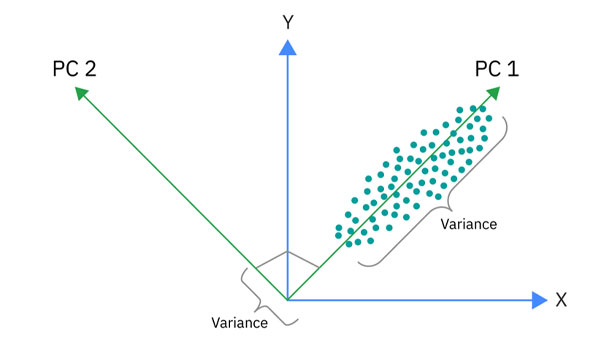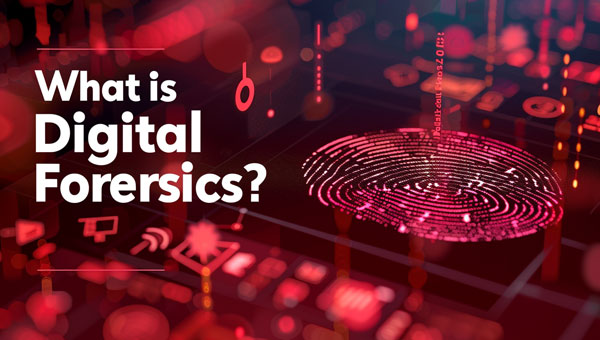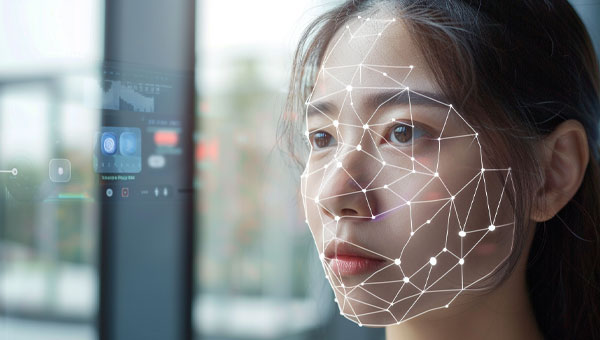The Rise of Palm Print Recognition and Its Impact on Security Technology
Discover the advantages of palm print recognition and palm vein authentication technology, led by Palmpass. Learn how the growing palm vein scanner market enhances security and user convenience.
Palm print recognition is revolutionizing the field of biometric authentication, offering a unique and secure method for verifying identity. As technology advances, organizations are increasingly adopting innovative solutions like those offered by Palmpass, which specializes in palm vein authentication. This method leverages the distinct patterns of veins in the palm to enhance security, making it a valuable tool in a variety of applications.
One of the primary advantages of palmprint recognition lies in its accuracy and reliability. Unlike other biometric methods, such as fingerprint recognition, palm vein scanning utilizes the internal structure of the palm, which remains consistent even if the surface of the skin changes due to swelling or injury. This means that a swollen vein on palm will not significantly affect the authentication process, providing a level of robustness that is crucial for high-security environments.

The palm vein scanner market has seen significant growth in recent years, driven by the increasing need for secure and convenient identification methods. Organizations across various sectors, including finance, healthcare, and retail, are embracing palmprint recognition technology as a solution to combat fraud and unauthorized access. Companies like Palmpass are at the forefront of this market, providing cutting-edge solutions that integrate seamlessly into existing systems.
Palm vein authentication stands out for its non-invasive nature and user-friendly experience. Users can simply place their palm over a scanner, which captures the unique vein patterns without the need for direct contact. This method enhances hygiene and comfort, particularly in situations where multiple individuals need to authenticate in quick succession. The ease of use is crucial for environments such as airports, banks, and corporate offices, where efficiency and speed are paramount.
Another compelling aspect of palmprint recognition is its potential for integration with other security technologies. For instance, combining palm vein authentication with facial recognition or fingerprint scanning can create a multimodal authentication system. This approach not only increases security by requiring multiple forms of verification but also offers users flexibility in how they choose to authenticate. Organizations can tailor their security protocols to meet specific needs, providing a customizable solution that is both effective and user-friendly.
Moreover, as the palm vein scanner market expands, so do the applications of palmprint recognition technology. In addition to secure access control, palm vein scanning can be used for attendance tracking, transaction verification, and identity management. These diverse applications make it a versatile choice for businesses looking to enhance their security measures while also streamlining operations.
Despite the many benefits, organizations must also be aware of the challenges associated with implementing new biometric technologies. Issues such as user privacy, data protection, and the need for robust cybersecurity measures are critical considerations. Companies like Palmpass prioritize security by ensuring that user data is encrypted and stored securely, addressing concerns that may arise with the adoption of palmprint recognition systems.
In conclusion, palm print recognition, particularly through palm vein authentication, represents a significant advancement in biometric technology. With its accuracy, convenience, and versatility, it stands poised to meet the growing demand for secure identification methods. As the palm vein scanner market continues to evolve, solutions like those offered by Palmpass will play a crucial role in shaping the future of security technology.










